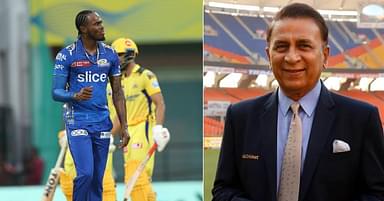The year 2023 has already seen five different versions of run-out at the non-striker’s end. With the exception of one successful attempt in ICC Women’s U-19 T20 World Cup, the remaining four have all resulted in contrary scenarios.
Advertisement
Adam Zampa erring to register an unsuccessful attempt before head coach David Hussey speaking of withdrawing appeal in Big Bash League 2022-23 to Rohit Sharma actually withdrawing appeal in an India–West Indies ODI to Daniel Christian‘s deliberate warning to Stephen Eskinazi in the BBL were the other instances around this mode of dismissal until last night.
The latest incident occurred in an Indian Premier League 2023 match between Royal Challengers Bangalore and Lucknow Super Giants at the M Chinnaswamy Stadium. With LSG needing a run off the last ball of the match, RCB pacer Harshal Patel (2/48) not only missed a straightforward run-out at the non-striker’s end but also managed to make himself look unaware of the rule.
With Ravi Bishnoi (3* & 0/39) taking a faulty and giant start in order to complete a run, Patel had all the time in the world to run him out. Having said that, the 32-year old player failed to dislodge the bails in his run-up. A desperate Patel then turned around to throw the ball at the stumps without realizing that the same is not allowed in such a mode of dismissal.
Let’s all laugh at @HarshalPatel23 🤣🤣🤣🤣🤣🤣. Man fumbled a mankad 😭😭😭😭😭. Ee sala cup nam de 🥶 🥶🥶🔥🔥🔥 pic.twitter.com/BAphDkHcRt
— V. (@Messilizer9021) April 10, 2023
Non Striker Run Out by Bowler Rule in Cricket
Although this rule has been perceived differently among the cricketing fraternity in the past mainly because of its confusing wording, there is no scope whatsoever in it for a bowler turning around to throw the ball like a usual run-out attempt.
Concerning this matter, MCC’s Law 38.3.2 reads “Even if the non-striker had left his/her ground before the instant at which the bowler would normally have been expected to release the ball, once the bowler has reached that point it is no longer possible for the bowler to run out the non-striker under this Law.”
It was after the aforementioned incident involving Zampa that the wording of the law was amended to avoid ambiguity. Henceforth, “bowler would normally have been expected to release the ball” and “the highest point in that bowler’s action” both mean the same.
Ravi Bishnoi took undue advantage not once but twice
Bishnoi, 22, committed the same error on the following delivery as well. However, with Patel not paying heed to the non-striker this time round, he didn’t even try to run him out.
Even though Patel managed to bowl a dot ball to Avesh Khan (0* & 0/53), the two tail-ended managed to run a bye primarily due to wicket-keeper Dinesh Karthik fumbling behind the stumps.

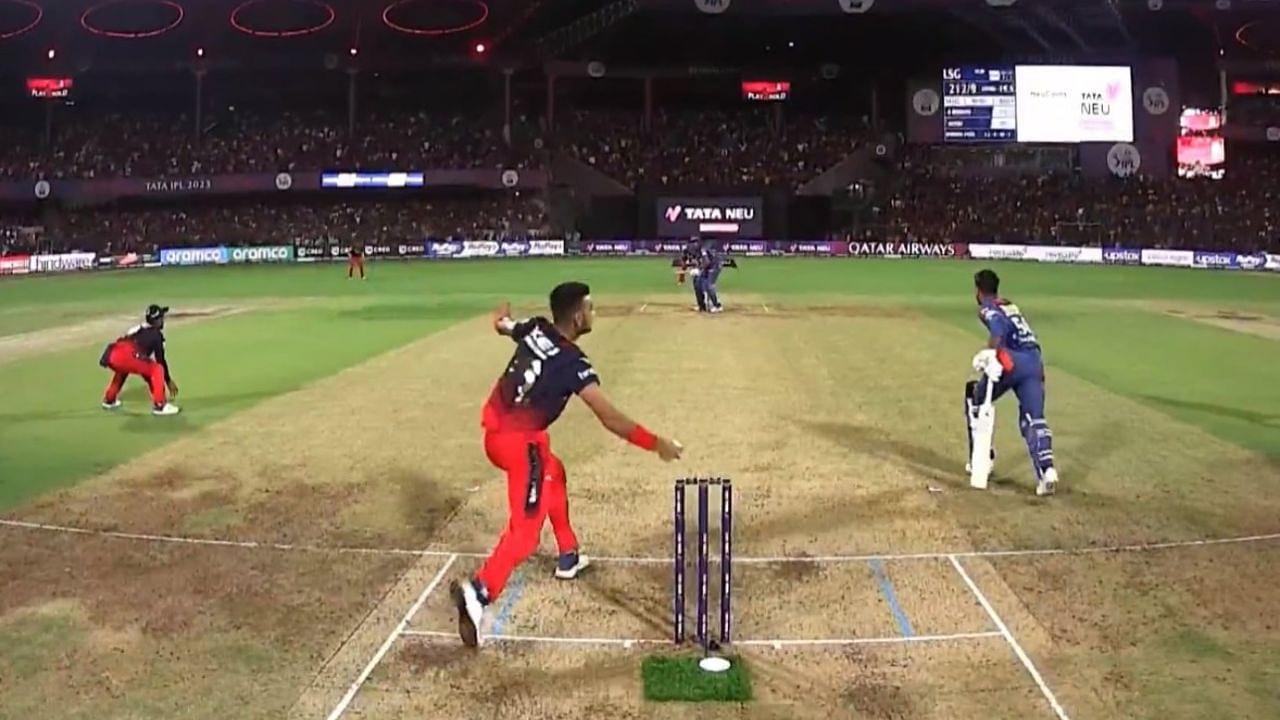
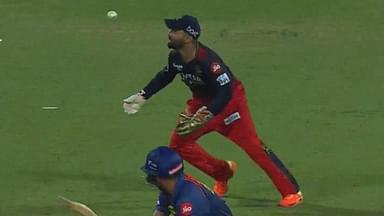
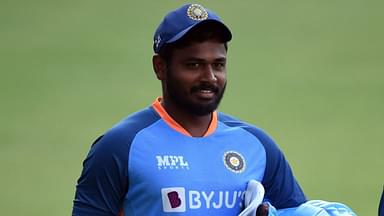
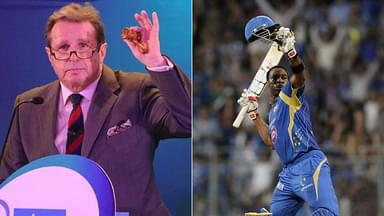
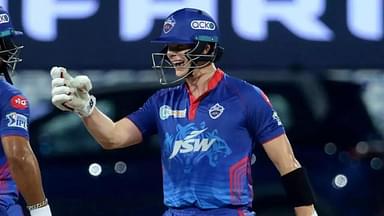
![Most Expensive Player In IPL 2024 Auction [FULL LIST]](https://cdn-wp.thesportsrush.com/2023/12/ae43af1b-pat-cummins-world-cup.jpg?format=auto&w=384&q=75)
